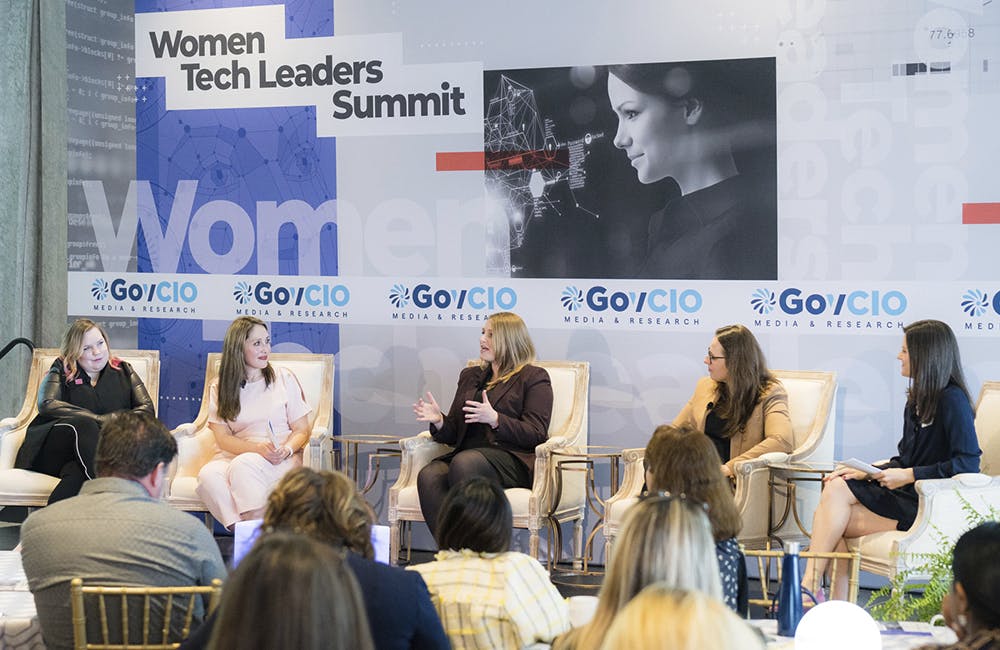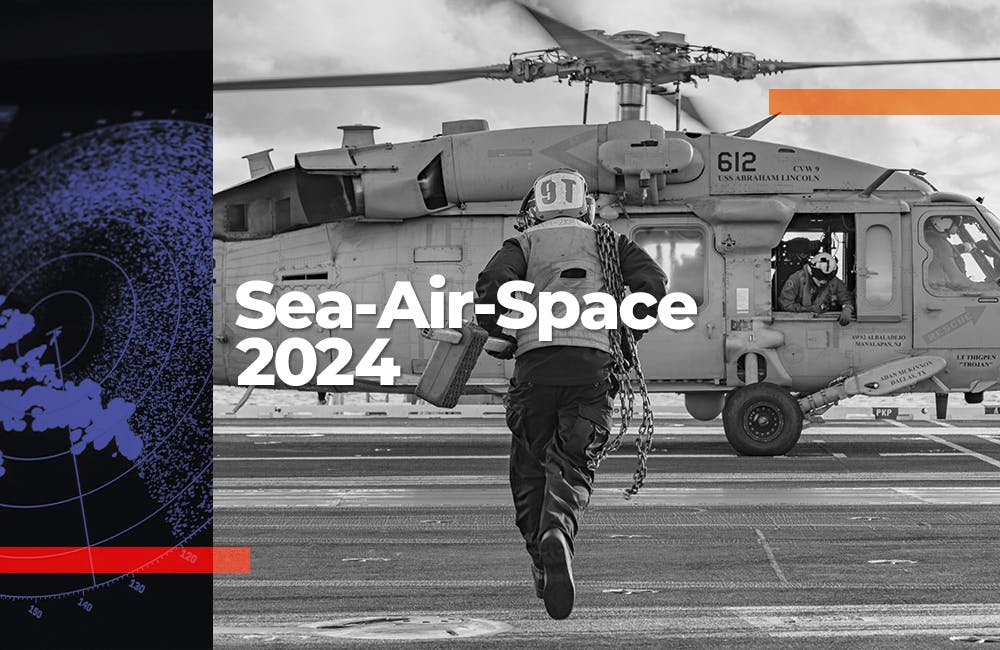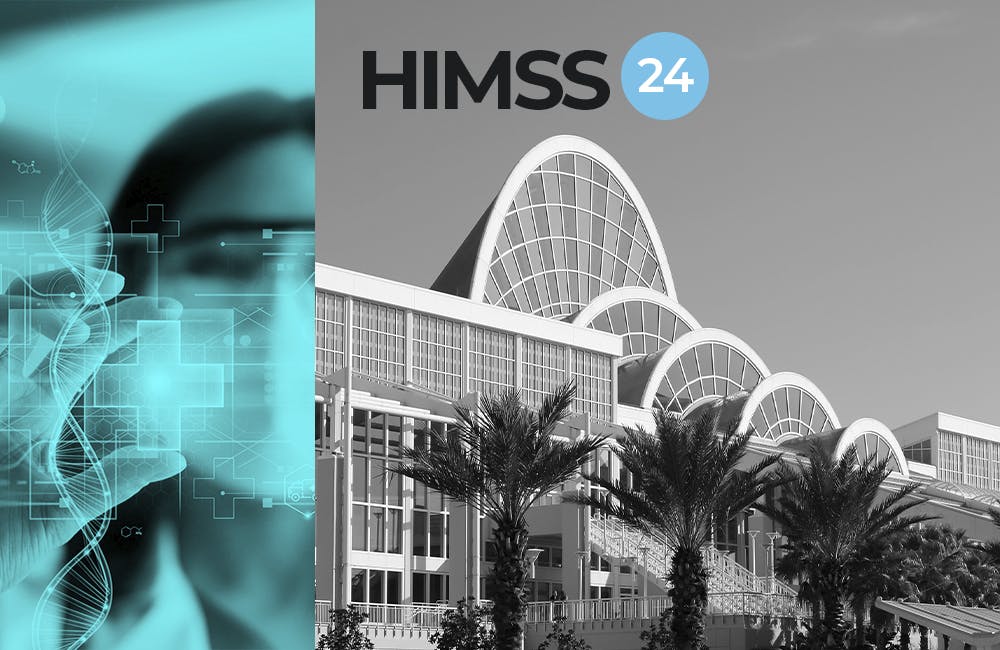DAV is Launching New Veteran Services, Expanding COVID-19 Response
Leaders across the veteran service organization outline how it is supporting veterans throughout the pandemic.

Since it was established in 1920, Disabled American Veterans (DAV) has been working with the Department of Veterans Affairs and partner organizations to ensure veterans receive their full benefits. Especially since the onset of COVID-19, the veteran service organization (VSO) has accelerated its work to make sure veterans continue to have access to innovative health offerings.
“DAV’s mission is rooted in service — and as veterans needed us most, as many lost their jobs, fell ill or became isolated in their homes — DAV members, volunteers and staff quickly pivoted to provide the resources necessary to help those in need,” said Stephen Whitehead, DAV’s national commander, during the organization’s 2021 National Convention in Tampa, Florida, last weekend.
To respond to COVID-19, DAV rapidly stood up and staffed a new toll-free hotline to enable veterans to contact experts for help with claims and benefits. In 2020, DAV’s services enabled veterans and their families to obtain more than $23 billion in earned benefits.
DAV also established the COVID-19 Unemployment Relief Fund in April to provide financial aid to service-connected disabled veterans who lost employment or small-business income in the wake of the pandemic.
“Sadly, many ill and injured veterans … found themselves out of work or at risk of losing their disabled veteran small business. The bottom line is that veterans and their families were losing income, and DAV had to find a way to help them put food on the table and pay their bills. Urgent needs warranted immediate action,” Whitehead said.
With the economic downturn, DAV also transitioned its employment services to virtual platforms to ensure veterans could continue their job search. As a result, thousands of veterans received job offers and DAV was able to stay connected with the veteran community.
“You need to address food, clothing and shelter. So, you’re looking at the resources necessary for [veterans] to be successful. So, making sure if they had disabilities that can overcome those. And not only that you’re getting employment, but substantial, gainful employment,” Randy Reese, executive director of DAV’s Washington Headquarters, told GovernmentCIO Media & Research.
DAV has partnered with RecruitMilitary and hosts more than 160 job fairs, Reese said, noting that DAV is “very successful at getting those [veterans and their spouses] placed in high-demand jobs.”
One of DAV’s major priorities throughout the pandemic was ensuring veterans still had access to quality health care. VA has reported more than 272,000 COVID-19 cases among veterans, with more than 12,679 veteran deaths.
“Over the course of this pandemic, VA had to make drastic changes in how it delivered health care, significantly increasing telehealth services and adapting to the everchanging landscape,” Whitehead said at the event. “While the VA has worked hard to keep veterans connected with their mental health providers, we are concerned that many have faced dark times and been isolated from friends and families, perhaps without outlets, support systems and resources they had been relying on in the past.”
Whitehead noted that DAV embarked on a collaborative effort to tackle veteran suicide prevention. Over the past year, VA has passed new policies that enable increased support for mental health and suicide-prevention efforts, including the Commander John Scott Hannon Act and the Veterans Compact Act of 2020.
By collaborating with VA, DAV is able to expand their offering and host a variety of unique activities. Reese said DAV expanded its collaboration with both VA and the Defense Department around 20 years ago.
“We started placing transition service officers on military bases that had high discharge rates so that we not only could assist them in their claims process, but also with the employment agreement,” he said. “That program is greatly expanded and we’re at over 100 bases now.”
Reese noted that increasing awareness and visibility of veterans’ needs, through events like DAV’s annual convention, fosters an open relationship between VSOs, veterans and VA, so these organizations can quickly cater to the veteran community.
“While we have many challenges ahead of us, we know that if we work together to fight internal and external obstacles, we can make progress, such as expanded access to benefits and health care,” Whitehead said.
This is a carousel with manually rotating slides. Use Next and Previous buttons to navigate or jump to a slide with the slide dots
-
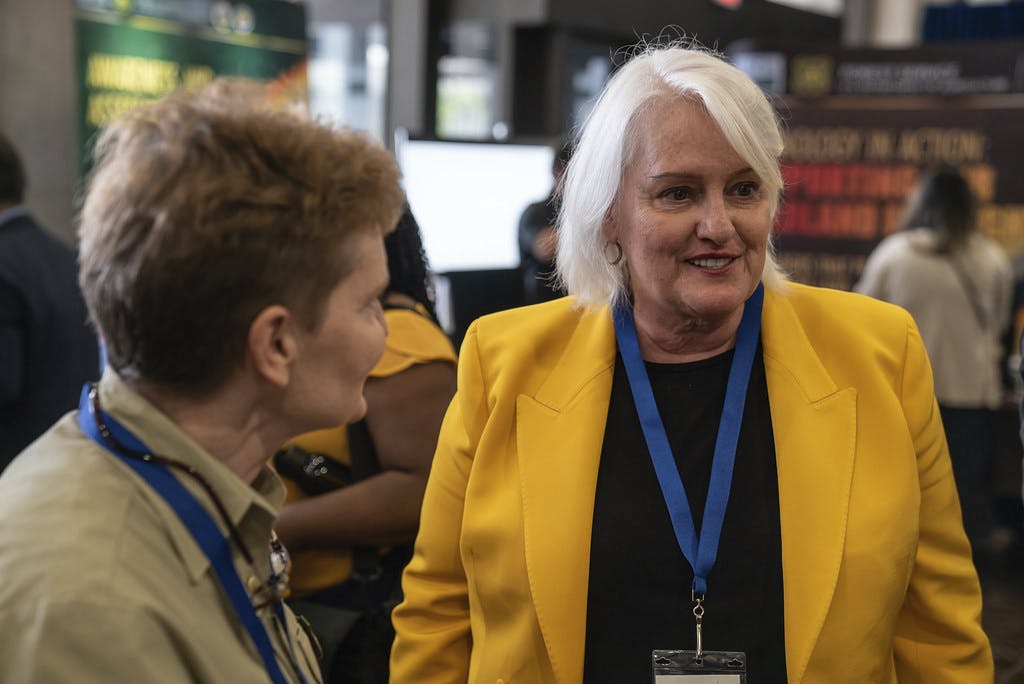
Agencies Meet Key AI Goals Amid Call for More Experimentation
Federal leaders call for prioritizing artificial intelligence and its applications to critical cybersecurity and workforce initiatives.
7m read -
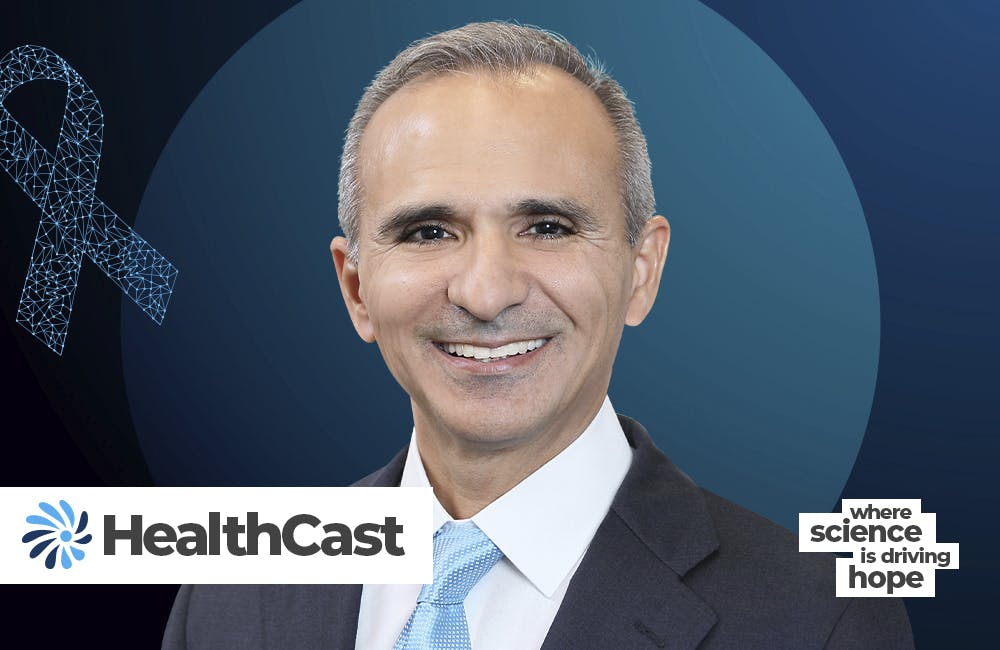
NCI Program Unlocks Emerging Proteomic Data to Advance Precision Medicine
Researchers say sharing molecular cancer research data can expand cancer treatment and care.
32m listen -

DOD Has a New Cyber Resiliency Assessment Program
Defense officials tout the continuous assessment feature and scalability of the new program amid increased cyber threats.
5m read -
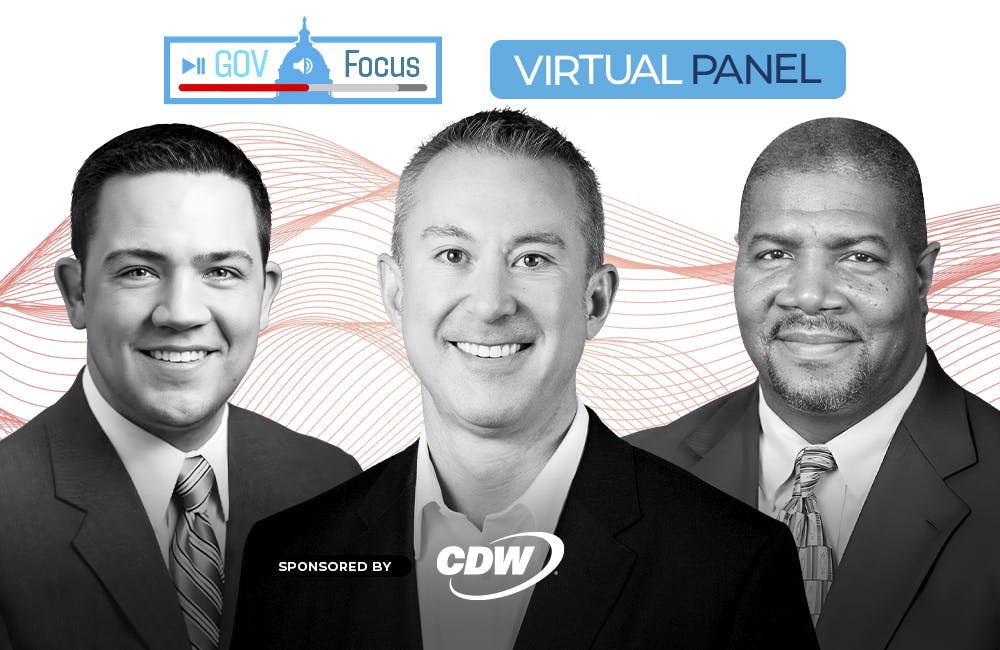
Transitioning Systems for Modern Agency Missions
IT modernization is a constant process necessary for improving customer service, mission delivery and collaboration.
40m watch
